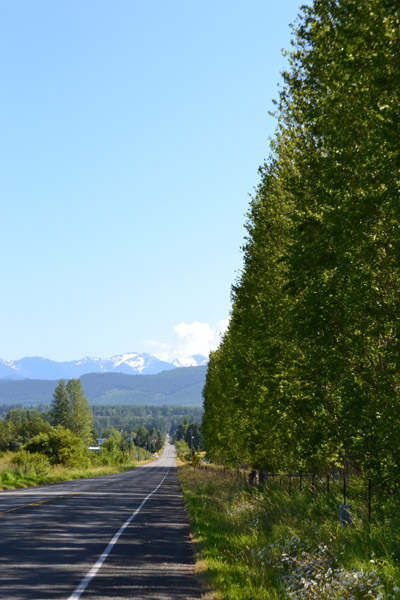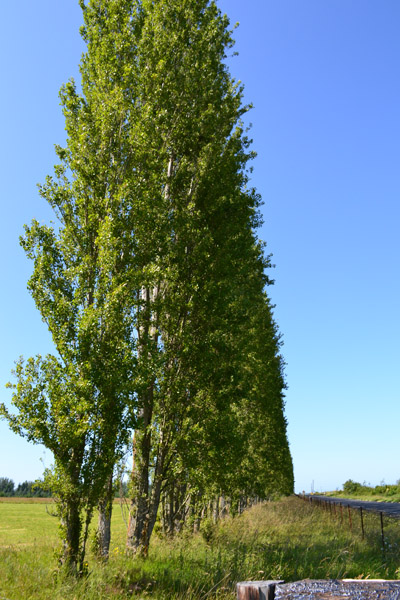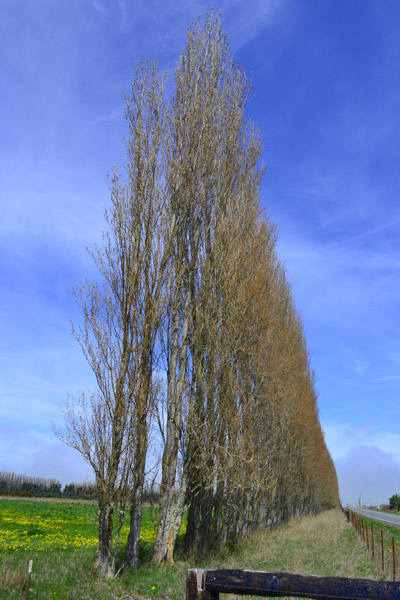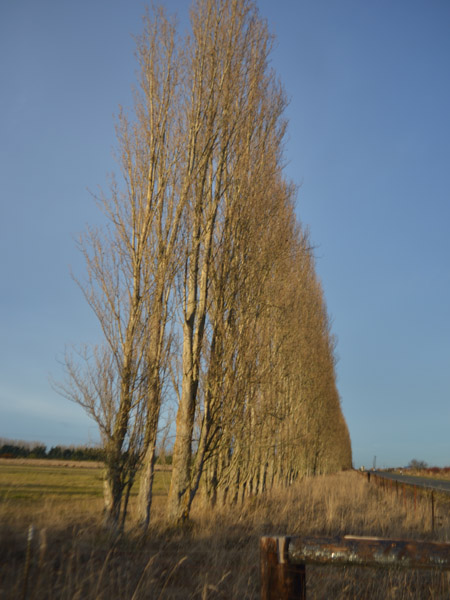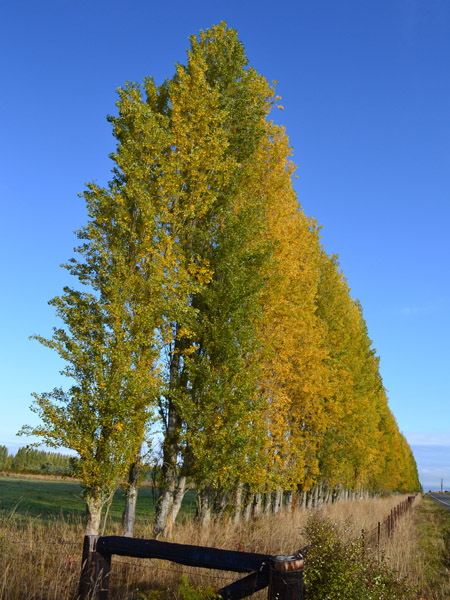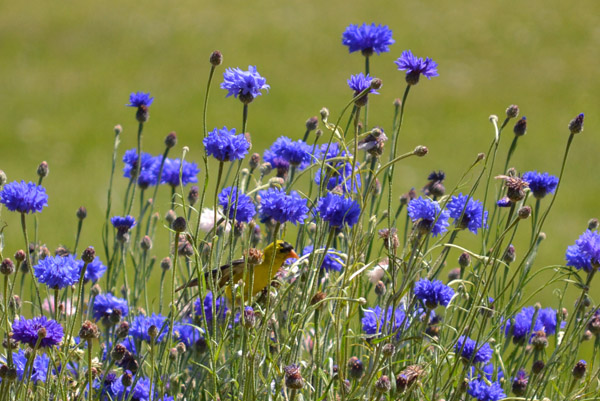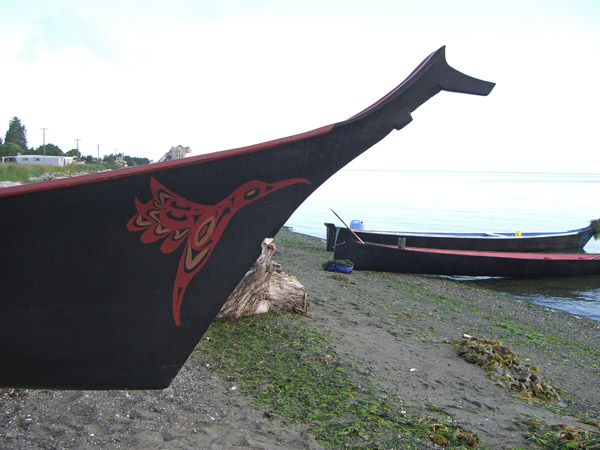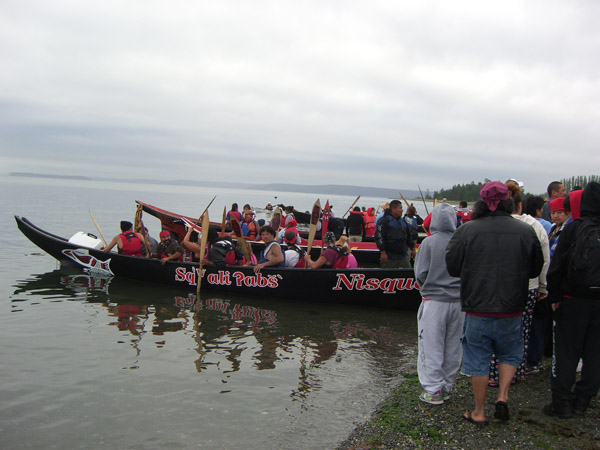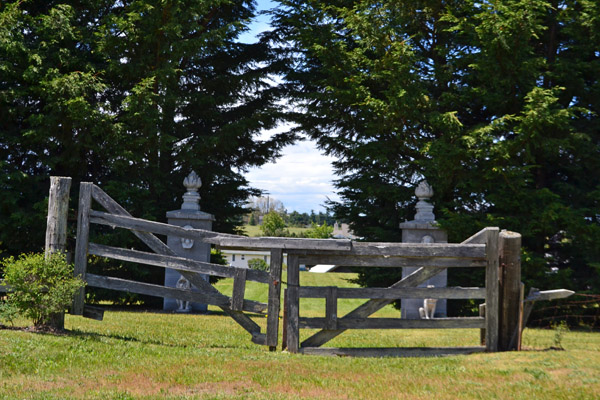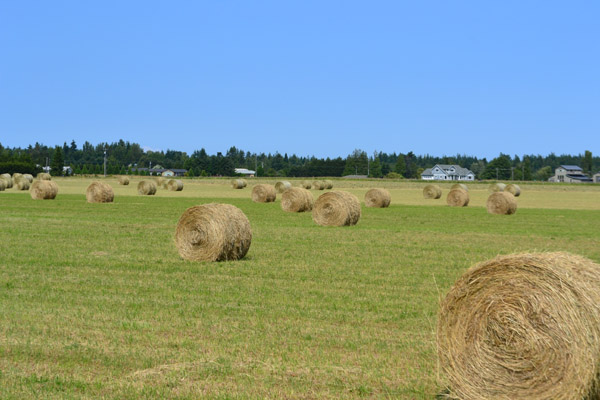Yesterday’s view of these trees was taken looking north. Here’s a view looking south. My favorite mountains, the Olympics, peek out. You can draw back further along this road, heading north, for a longer, broader view of the mountains. But I’ll spare you the addition of the telephone poles that line the road when you do this.
I’ve been away for a few days. I hope to have a chance to visit the Lavender Faire and Festival if I get back in time. If I do, I’ll post some shots soon.
